“Benaras is older than history, older than tradition, older even than legend and looks twice as old as all of them put together.” – Mark Twain
Varanasi often referred to as Benaras or Kashi, is the oldest living city in the world, situated on the banks of the Ganges in Uttar Pradesh, in the North India. Anybody travelling to Varanasi by train would get a distinct feel of it, when the train pulls into the station, offering a fantastic view of the Ganges.
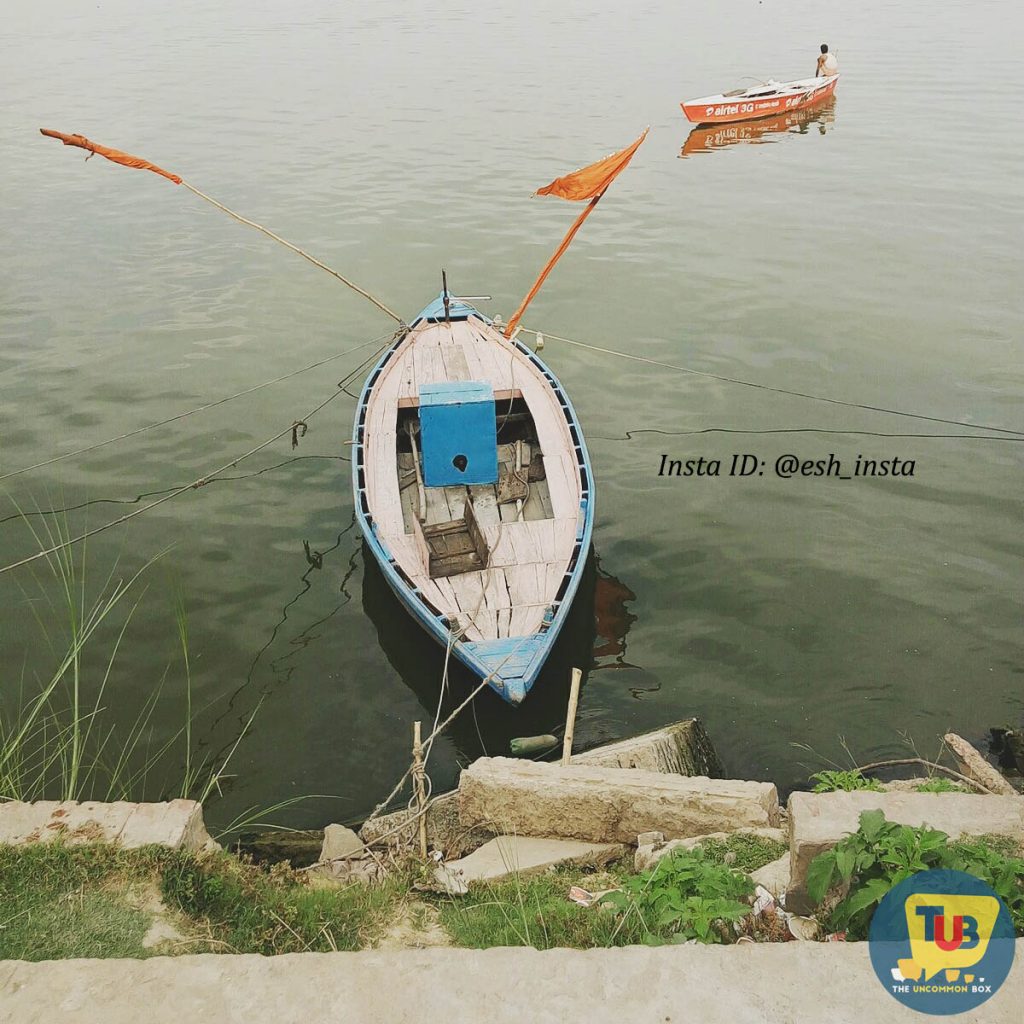
My trip to Varanasi was a week-long work trip, where I wanted to chip in a day or two to touring the city, especially the famed Ghats of Varanasi. The city is known worldwide for its many Ghats which are primarily embankments made in steps of stone slabs along the river bank. The city has 87 Ghats, amongst which the most popular ones include the Dashashwamedh Ghat, the Panchganga Ghat, the Manikarnika Ghat and the Harishchandra Ghat, the last two being where Hindus cremate their dead. Most of the ghats are bathing and puja ceremony ghats, while a few are used exclusively as cremation sites.
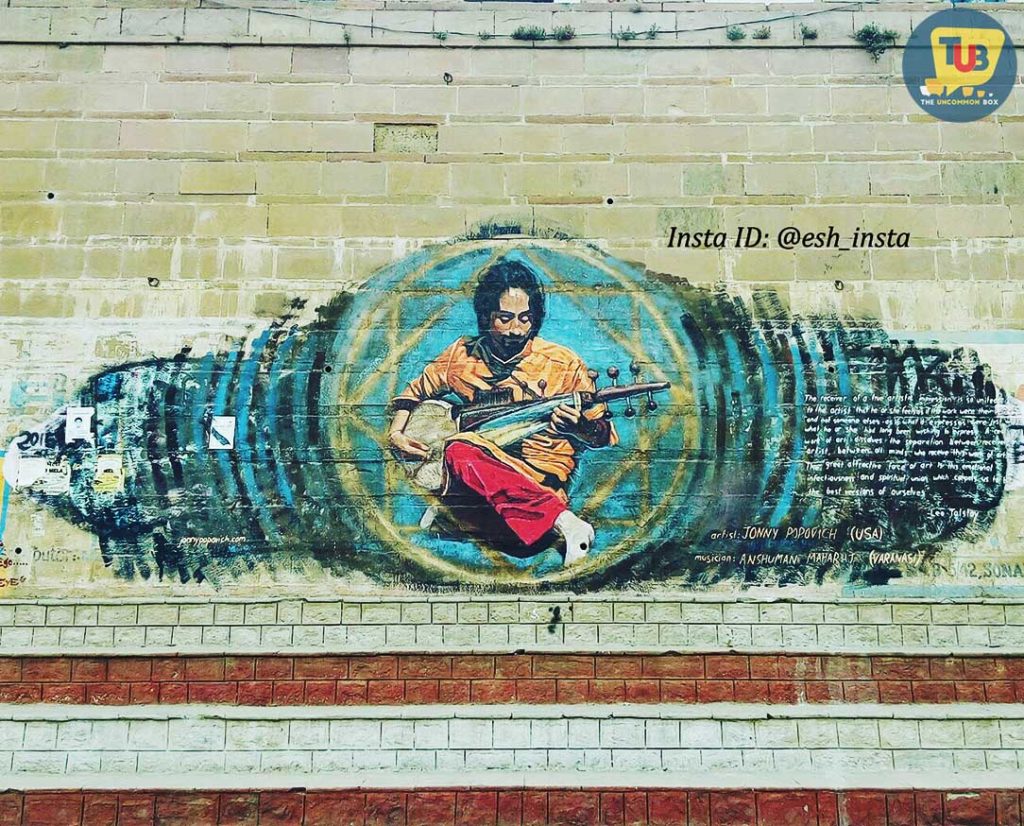
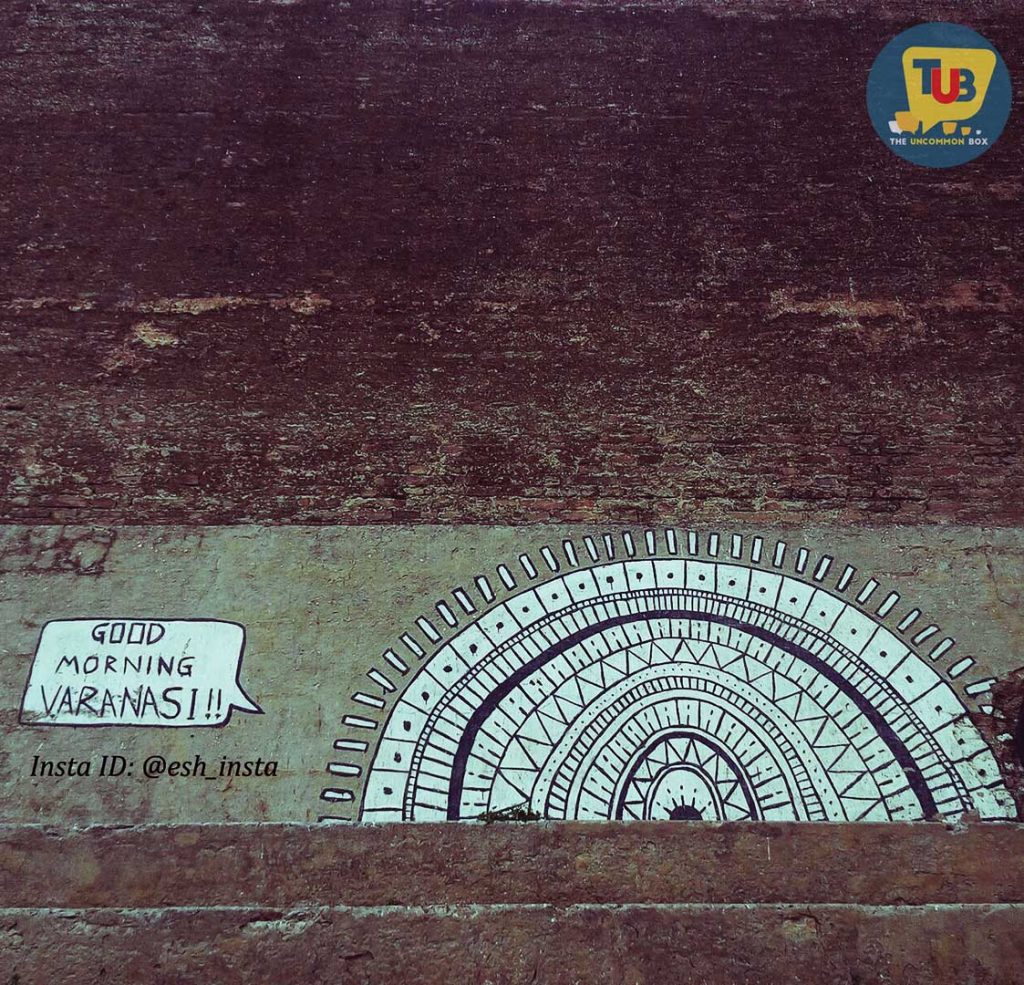
Being an unconventional tourist, I had decided to break away from the common practice of touring the Ghats by hiring a boat and having a river-view of them all together. The charges can go up to 800 INR (even more!) and will need to be heavily bargained for.
You can however hire one, for watching the famed Dashashwamedh Ghat aarti from the river, which is a once-in-a-lifetime experience and sees a daily attendance of 80,000 visitors. What I did as the unconventional tourist was to decide to tour on foot the entire expanse of the Ghats, from Assi Ghat to Manikarnika Ghat. I ended up visiting 53 Ghats out of the total 87 Ghats of Varanasi, which was quite a personal feat, as I finished this in a total time of 2 hours (with respect to my speed of walking, which is actually quite fast), entirely by walking along the river-front steps.
I’m glad did that.The entire walk though extremely tiring, was very cathartic. You get to witness the lives of the people living by the Ghats play out in front of you, not to forget the graffiti drawn on the walls.
Just the view of the Ganges with the complimentary breeze along the entire expanse had made my walk worth the effort put into it. I couldn’t however, go beyond the Manikarnika Ghat, as that being a burning ghat, they don’t generally allow people least of all single girls, to go through or past it, except those with cremation work to get done.
My primary motive behind the on-foot tour had also got something to do with the fact that it had been fueled with the intention to visit the Man Mahal palace popularly known as the Mann Mandir of the Mann Mandir Ghat, which is just adjacent to the Dashashwamedh Ghat. I’d strongly recommend anyone going to Varanasi to visit it even once and I’ll tell you why.
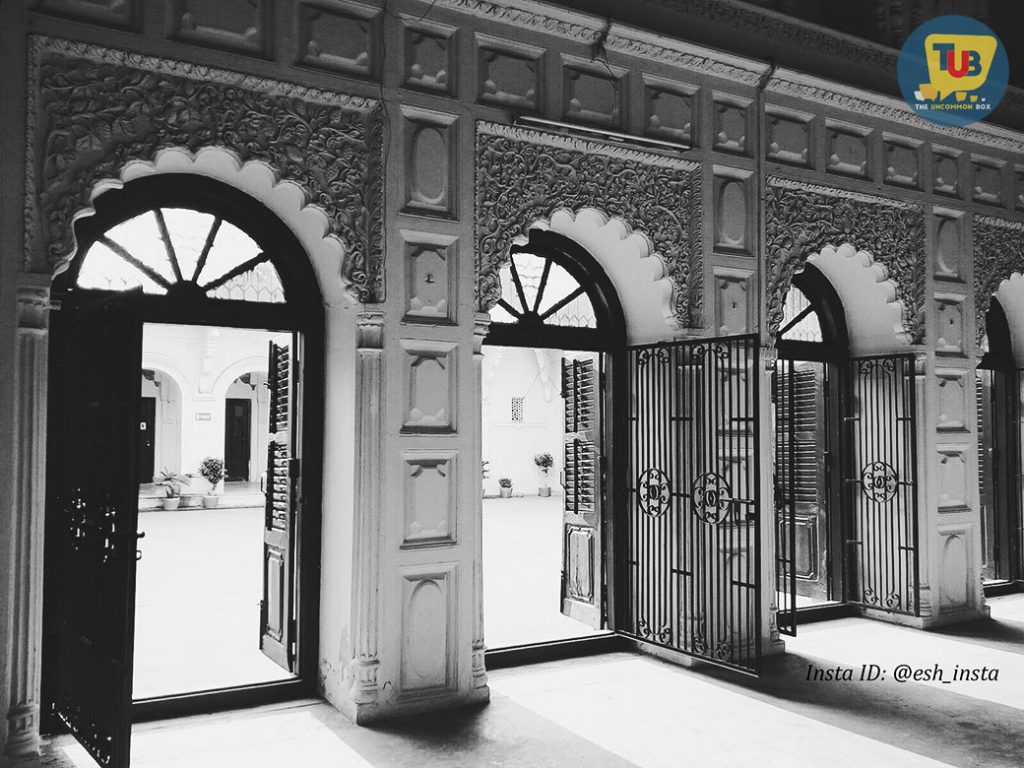
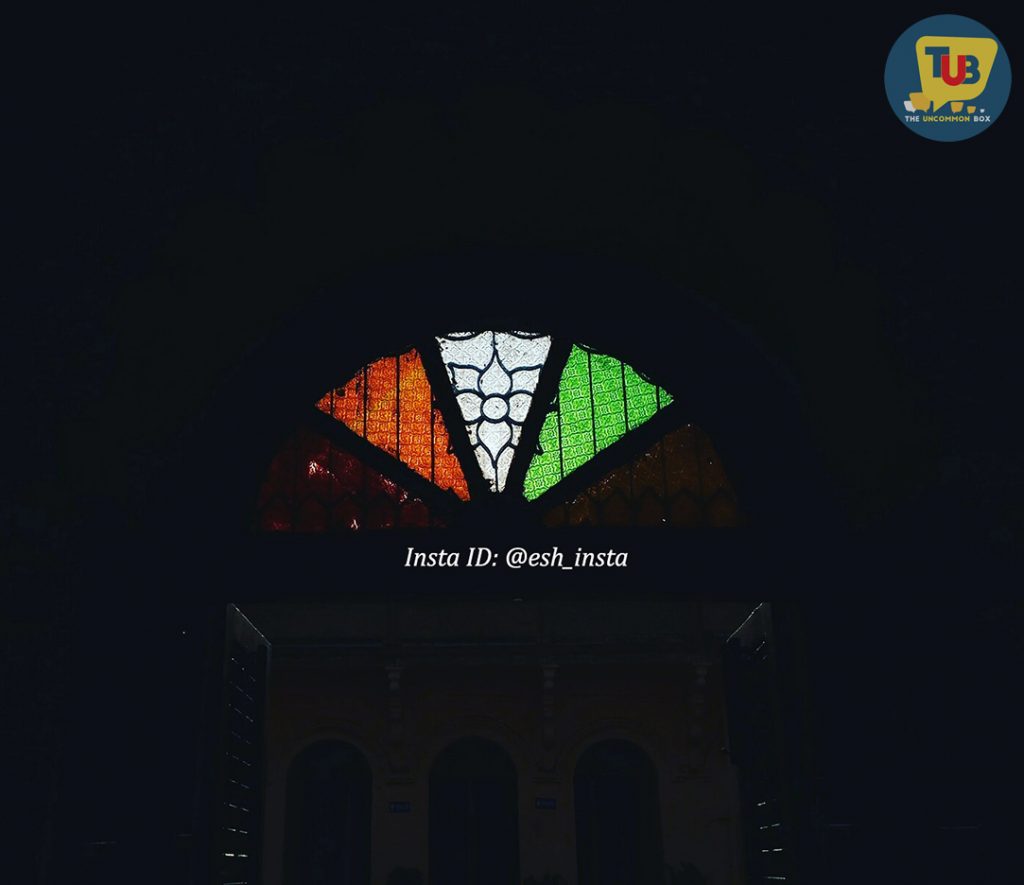

Mann Mandir is a beautiful example of Mughal-Rajput architecture with stone balconies windows and painted ceiling.
It is famous especially for its masonry observatory which gives its official name of Man Singh Observatory. The palace was built in around 1600 A.D. by Man Singh, the Raja of Amber and a celebrated General of the Great Mughal Emperor Akbar. But the observatory was added to it in around 1737 A.D by Sawai Jai Singh II who himself was a great astronomer, the founder of Jaipur city and a descendant of Raja Man Singh.
It offers the most serene view of the Ganges and you have to go up the stairs from the Ghat, right into the inside lanes (which are quite narrow & so dark even in the broad daylight that it is a bit scary) and then onto the market, from where one can enter the Mann Mandir. It is so windy up in the terrace of this palace that you have to grab on to something at least to not risk getting blown away! Okay, that’s a hyperbole but the feeling that is exactly that. And the view which gets tagged along with it, will undoubtedly get seared and imprinted in your mind for its stark beauty.
Called the spiritual capital of India, Varanasi is the holiest of the seven sacred cities (Sapta Puri) in Hinduism and Jainism. Hindus believe that death in the city will bring salvation, making it a major centre for pilgrimage. Hence, I had wanted to and did pay a visit to the world-wide famous temples of Varanasi like the Kashi Vishwanath Temple of Shiva, the Sankat Mochan Hanuman Temple, and the Durga Temple among the overall estimated 23,000 temples in Varanasi.
These are always insanely crowded all around the year, and they’re every worth of the fame they hold to their names, for the soul satisfaction that they provide. However, the prowling sadhus trying to take money from you for countless Puja rituals, will have to be carefully dealt with, as it can be quite a mental harassment at the same time, not to mention the extensive damage it can do to your wallet.

I ended up visiting the famous Ramnagar Fort as well, which looks extremely tempting and mysterious from this side of the Ganges; however in its present state, was found to be in not a good shape. The Ramnagar Fort, near the eastern bank of the Ganges opposite to the Tulsi Ghat, is a fortification in Ramnagar built in 1750 by Kashi Naresh Raja Balwant Singh.
The sandstone structure was built in the 18th Century Mughal style of architecture with carved balconies, open courtyards, and scenic pavilions. The current king and the resident of the fort is Anant Narayan Singh, who is also known as the Maharaja of Varanasi even though this royal title has been abolished since 1971. Photography is prohibited in this place and has paid entries for the tour of the palace.
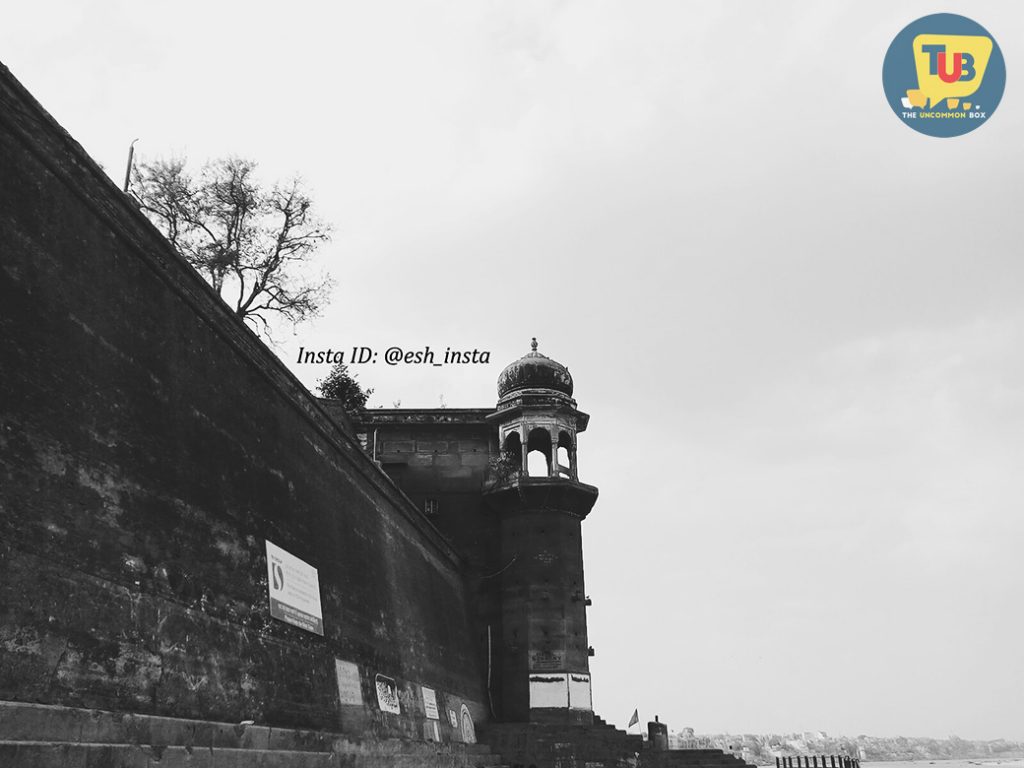
It is a huge palace, which beholds several armories, artifacts of that era which would be quite intriguing for the history buffs. It has an underground passage inside the palace, where the religious activities of the palace used to be practiced, with the worship of Devi Maa. The fort also offers a good view of the Ganges from its many terraces, which would be to many people like Me, the only good thing to take away with themselves from this otherwise personally futile visit to the fort.
However, if you’re visiting this fort, make sure you also pay a visit to the house, the modest roots of our first President late Shri Lal Bahadur Shastri, which is about half a kilometer away from the fort. I was lucky enough to have roamed through all the rooms of the house, as it has been closed to visitors for quite some time, even now. I had come to chance upon a direct descendant of Late Shri Lal Bahadur Shastri under whose supervision the renovation of the house is going on and he had been kind enough to open the doors for Me.
The experience was awe-inspiring, to even think how a person from that level could reach the greatest heights of becoming the Prime Minister. Because it is in the interiors of Varanasi, one also gets to have the only actual feel of the old Benaras, which is otherwise largely absent in today’s Varanasi.
Being an out-and-out Calcuttan, I did enjoy the Ghats of Varanasi, I’d still rate the Ghats of Calcutta higher than that of Varanasi as the Ganga in Varanasi is quite flat, has little depth unlike that of Calcutta. It has an overall lack of flow in it and the global warming is also having its toll on it. Besides, the best months to visit Varanasi are during the winter season. The temperature can get unbearably hot during the summer season and thus one is strongly advised to avoid visiting it till June.
To end it on a personal note, I had gone to Varanasi for my soul detoxification, hoping to tide over the overwhelming negative winds blowing then in my life. Varanasi decided to go a step further and changed my entire approach to life altogether and forever.
(Instagram Handle)
This write up surely touches one’s heart doesn’t it! Thank you dear Eshita for sharing your thoughts with us.
We do hope that the readers will leave feedback for us on this forum.
We encourage all kind of talented piece of work whether it’s a writeup’s, articles, poems, sketches, doodling, painting, food styling or about fashion or travelling or photography.
Do you have a connect with any city? Would you like to write about it ? Or would you like us to write about your favourite city? Mail us at theuncommonbox@gmail.com mentioning City Connections in the subject line.
If you are on instagram follow us @TheUncommonBox and use hashtag #TheUncommonBox
You can reach us on FB too by following our page “THE UNCOMMON BOX”. and can tweet @THEUNCOMMONBOX





























